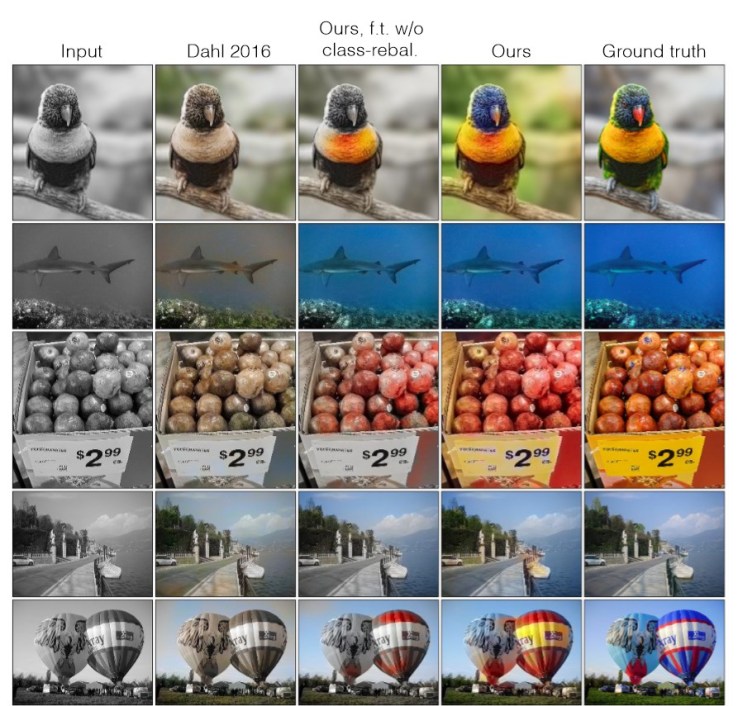Neural Network 'Hallucinates' Colors Into Black and White Pictures

This Neural Network 'Hallucinates' Colors into Black and White Pictures
This article from March 31, 2016, by Devin Coldewey, details a groundbreaking AI system developed by Richard Zhang, a computer scientist at Berkeley. The system utilizes Convolutional Neural Networks (CNNs) to intelligently add color to monochrome images, a process Zhang aptly terms "hallucination."
How the AI Colorizes Images
The core of the system lies in its ability to recognize patterns and objects within an image, mimicking the human visual cortex. Trained on millions of diverse images, the CNNs learn to associate visual features—such as textures, shapes, and common contexts—with specific colors. For example, when the network identifies features typically associated with grass, it colors that area green. Similarly, it recognizes common objects and their usual colors, like butterflies, building materials, or specific dog breeds.
The "Hallucination" Process
Zhang's use of the term "hallucination" accurately describes the AI's process of inferring and adding colors not explicitly present in the original black and white image. This is analogous to how humans colorize images, drawing upon past experiences and knowledge to make educated guesses about appropriate colors.
Performance and Comparison
The effectiveness of Zhang's system was evaluated by comparing its colorized outputs against original color images and those produced by other colorization methods. In user studies where participants chose between two colorized versions of a monochrome image, they selected the AI-generated colorization approximately 20% of the time. While this figure might seem modest, it represents a significant improvement over previous AI colorization efforts.
Limitations and Examples
The article acknowledges that the AI's results are not always perfect. It notes that the system can struggle with certain artistic styles or iconic black and white photographs, such as those by Ansel Adams or Henri Cartier-Bresson, where the addition of color could compromise the original artistic intent. The research paper itself provides numerous examples of the system's successes and failures, offering insights into its capabilities and limitations.
Key Takeaways:
- AI Colorization: A neural network developed by Richard Zhang can add realistic colors to black and white images.
- Convolutional Neural Networks (CNNs): The system uses CNNs, inspired by the human brain's visual processing, to recognize patterns and objects.
- "Hallucination": The AI "hallucinates" colors by inferring them based on learned associations between visual features and colors.
- Training Data: The network is trained on millions of images to learn color associations.
- Performance: User studies show the AI's colorizations are chosen about 20% of the time, outperforming previous methods.
- Artistic Considerations: The system may not always be suitable for artistic black and white photography where color addition could alter the original intent.
- Technical Details: The research paper offers in-depth information and examples of the system's performance.

Examples of Zhang's colorizing process compared with other systems and the original color versions (right).
TechCrunch Events
The article also promotes upcoming TechCrunch events, specifically "TechCrunch All Stage" in Boston on July 15, 2025, offering early bird discounts. These events focus on strategies, workshops, and networking for founders and VCs across various stages.
Original article available at: https://techcrunch.com/2016/03/31/this-neural-network-hallucinates-the-right-colors-into-black-and-white-pictures/